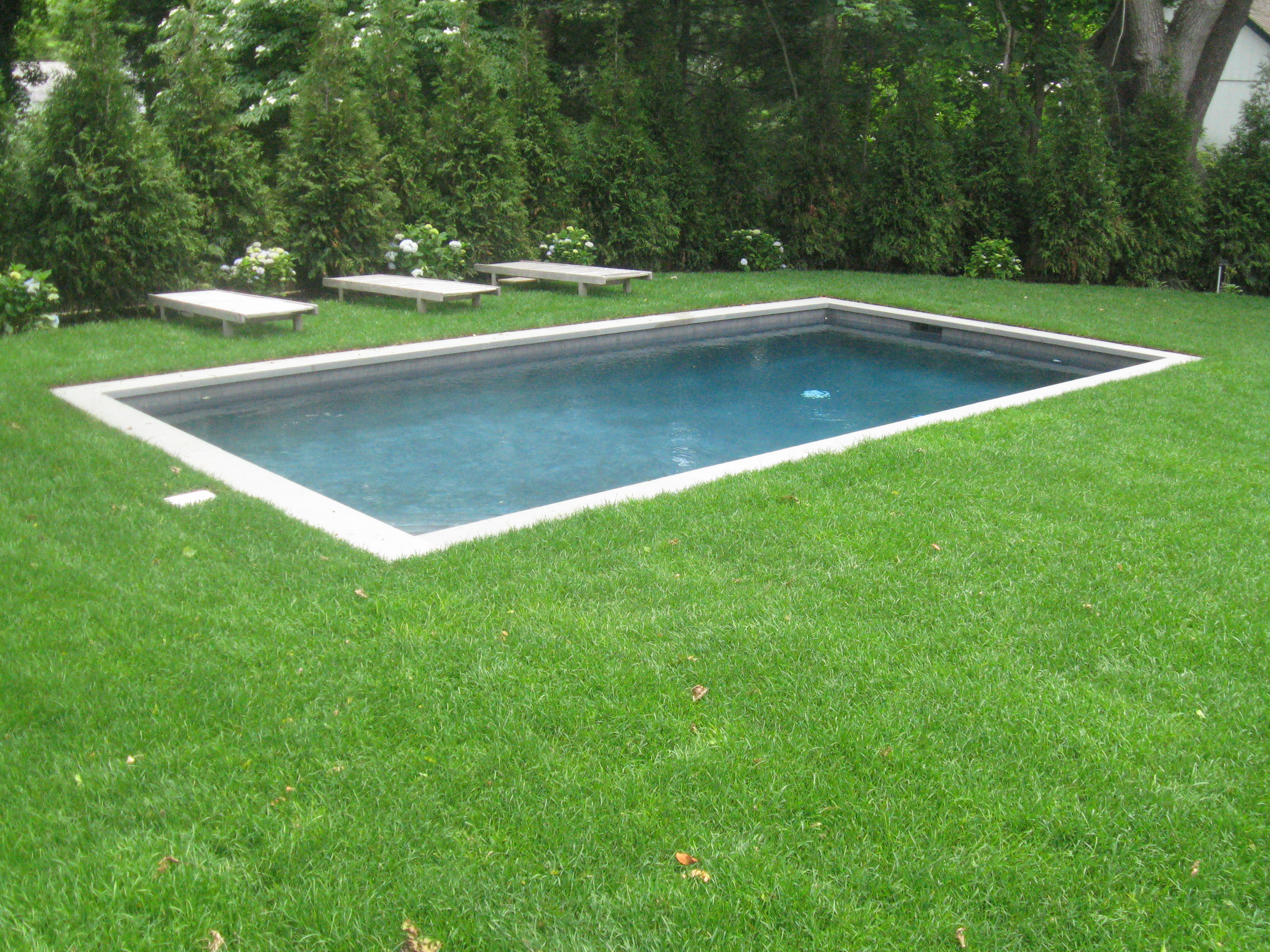We all know pools, hot tubs and spas are sources of fun for family and friends, so it can be easy to lose sight of the fact that they pose serious dangers to young children. One of the most alarming facts about drowning is that it’s the third-leading cause of accidental death among children under the age of five. It’s true, and residential swimming pools and hot tubs are where they drown most often. If you own a pool or hot tub, what can you do to ensure pool safety? Keep some pool safety standards in mind.
Pool Safety and Facts About Drowning
When you own a pool or spa, you should feel a responsibility to keep the people who use them safe. Here are some things to consider.
Facts About Drowning
• Drowning is silent. In most cases, nobody hears a yell or a splash.
• Drowning is quick. It can happen in the time it takes you to turn your back to let out the family pet.
• Drowning can happen in less than an inch of water. Spas present the same danger.
How to Prevent a Drowning Accident
• There is no substitute for supervision when it comes to the best way to prevent a drowning accident.
• Be sure a child is never alone in or near your pool or spa—not even for a second. Someone should always be keeping an eye on them.
• Create an effective barrier, such as a pool safety fence. Each pool safety fence gate is required to be self-closing and have an approved childproof self-latching device.
• Light-weight floating pool safety covers or spa covers is helpful barriers. When not in use, it is important for pool safety covers to be completely lifted over the pool. Do not partially open the pool.
• Learn how to administer lifesaving techniques, such as cardiopulmonary resuscitation (CPR), mouth-to-mouth resuscitation. Contact your local chapter of the American Red Cross or the American Heart Association to find out which classes are available.
• Keep contact numbers for emergency medical services posted in a visible place.
• Hire a professional to perform pool safety inspections—especially for drains, suction fittings, jets, ladders, steps, handrails, diving boards and slides
• Work with a licensed electrician who is experienced with pool safety inspections to assess your equipment, ensuring it’s all properly grounded, bonded and up to code.
• Ensure your water chemistry is accurate by performing regular sanitization and chemical balancing. Any local pool professional can ensure your pool, spa and hot tub water is properly balanced to swimming pool safety standards.
While cooling down by enjoying a day at the pool can be filled with fun, clearly it can be filled with danger if proper pool safety measures aren’t taken. By knowing the fact about drowning and taking a few extra steps to ensure no one gets injured, you can enjoy a stress-free day. Remember, it only takes one brief distraction like answering the phone for a child to accidentally fall into the pool. In fact, the Pool Safety Council published a study showing supervision failed in 69 percent of children’s drowning incidents. You can provide a safe environment by keeping pool safety in mind at all times!

